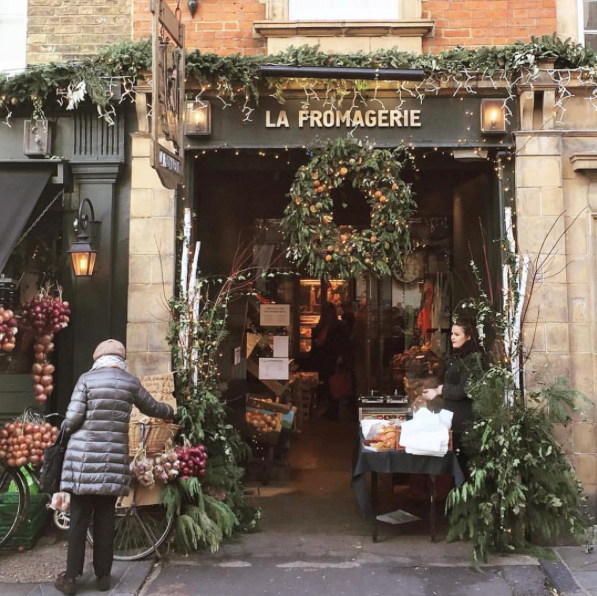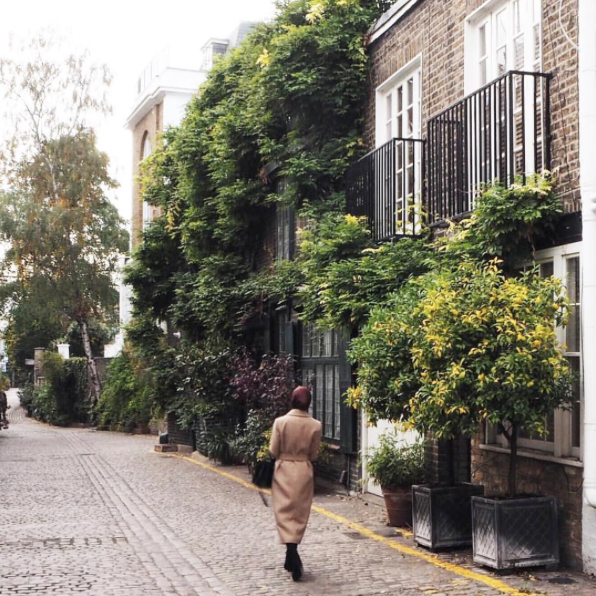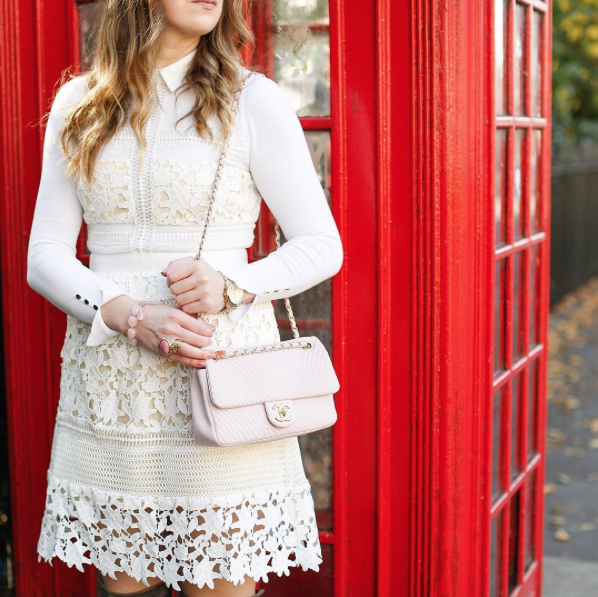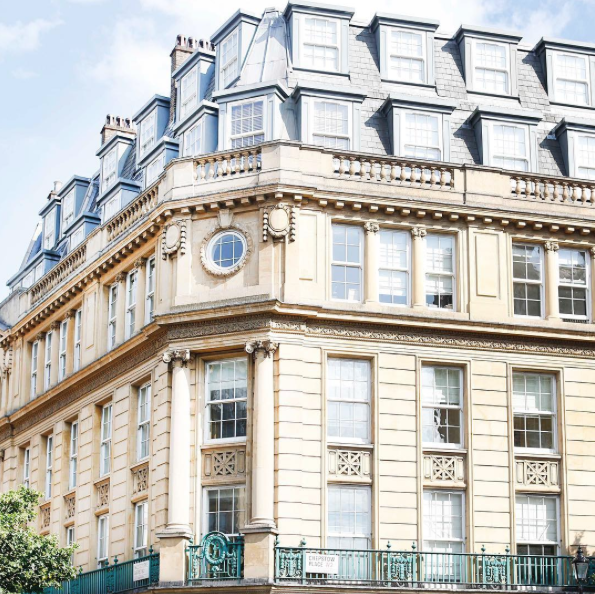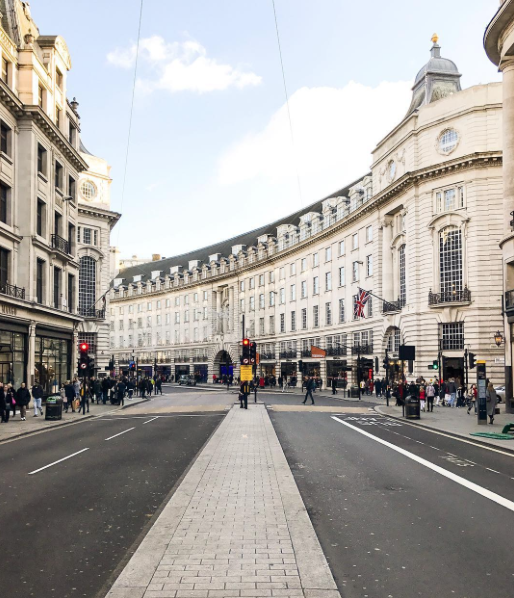Mighty oaks from little acorns grow, or so the saying goes. As Instagram continues to see record growth and sweep the world with its visually stunning collection of images, Voice of London discovers how the online photography behemoth became a sanctuary for digital escapism.
Reporter: James Brookes | Sub-Editor: Yasmin Jeffery
There’s something therapeutic about scrolling, tapping and swiping your way through Instagram. Fifteen minutes turn into an hour, which turns into two, and before you know it, you’ve spent half your day off glancing at pixels with your mind in a haze. You’re not quite sure what time it is or whether you’ve eaten yet. It’s the true sign of today’s ‘screenwalking’ society, where footpaths exist with special lanes to appease everybody who wants to be free of the awkward ‘watch where you’re going!’ comments we’ve all had thrown our way.
What you don’t realise is that we’re dreaming digitally. You’ve curated your feed, you’ve followed the people who post those really good shots, you’ve memorised which hashtags leave you with that feeling of burning jealousy in your stomach, and in the time you spend tapping the little red heart, you’ve escaped. You’ve been transported to a world of empty white beaches, or a park in autumn, coffee in hand, with the crunchy leaves under your feet, or the isolation of a mountain road covered in snow.
“Photography should evoke the feeling that you are capturing something unique in that moment,” says Sara Santini, co-founder of @prettylittlelondon. “Every picture has its meaning, and in every picture you are able to see what the person taking it is feeling or is trying to tell you.”
Sara is a good authority on Instagram and what works for it. @prettylittlelondon has amassed a loyal following. 160,000 people see Sara’s shots on a daily basis, from the Georgian curves of Regent Street to the quaint doors of the mews that make up London’s back streets. There’s no denying she has a good eye for a photo opportunity. You’ll be hard stretched to find a post that doesn’t have thousands of likes and the amount of 😍 and 👌🏼 emojis that appear in the comments tells you all you need to know about the feed’s place in the hearts of wanderlusters across the world.
“We were walking down the Southbank and started taking pictures with our new Nikon camera,” she tells me, explaining how she knew that photography was her forte. “After we saw the pictures on our computer later that day, we noticed that they were different from any others on Instagram, even if we were taking pictures of landmarks.”
For lifestyle photographers, photography is so much more than pointing and clicking. It’s about telling a story. Bringing people in and involving them in what you’re doing. Ultimately, their job is to make you stop scrolling for a second, to appreciate what you see and yearn for more. For many, the feeling of inclusivism, being part of the cool group, following somebody’s life in a ‘Gossip Girl’ type way is what social media is born out of and the multitude of networks owe their DNA to our digital dreaming. When Instagram launched its ‘Stories’ feature in August, there was an air of the pilfering that has long occupied the technology industry. In a Samsung v Apple kind of way, Instagram had taken Snapchat’s integral ingredient had made it their own. Credit is due to Kevin Systrom, Instagram’s CEO, for acknowledging Snapchat’s role in the format’s success and then copying it anyway. Rolling eyes or not, though, the important part is that the format works.
“Instagram Stories has helped us a lot,” says Sara. “We like to tell a story when we go places and this is the best way to make your followers feel as if they were there with you.” The feeling of being part of a community is a thought echoed by Victoria Metaxas, a lifestyle blogger and photographer based in London. Having studied at Royal Holloway in London, the university campus was a playground for nurturing her creative streak, as she wandered around the grounds with friends.
“I remember having this interest in picking up a camera and capturing my university life,” says Victoria, describing her first experiences with photography. “It was never something I considered pursuing and it was only once I was into my working life in the digital marketing industry that I decided to take a short course in beginners photography to finally find out how to use a DSLR correctly. It was there that I realised all the things we were taught about composition, light, perspective, line and so on came naturally to me. I had to learn how to work a camera but not how to take a photo, which is one of the hardest things to teach. You cannot teach a photographer’s eye. That’s when I realised that this was the creative passion within me that I needed to pursue, or it would be a shame not to develop my talent.”
Victoria’s feed is one of those that gives you the burning jealousy in the stomach if you look at it for too long. London, Rome, Paris, all come together in a stunning mosaic. Combined with the odd floral arrangement and a splash of colour from the fashion shoots that Victoria offers to brands, and you have the making of the modern escapist’s online lifestyle haven.
I ask her what’s changed between when she started using Instagram and today. “Nowadays people, especially influencers and bloggers are far more clever with their content,” she says. “They have a better understanding of their audience and know exactly what content works and what doesn’t. They are in tune with the hot-spots to photograph, and are just more content-savvy.”
She explains how the platform helps her to gain new clients and collaborate with new brands she would not previously have been able to. “I’m noticing as each year passes, the imagery on Instagram is getting better and better. Influencers are like real-time magazines, they share and communicate the content that users want to consume. The platform personally helps me to discover new hidden gems and amazing places in the world. It’s a beautiful platform for creatives to meet, share and inspire with their content.”
But what keeps us coming back for more? What does photography offer as a means of an escape?
“It gives you the opportunity to create your own world, your own reality as you would like it to be,” muses Sara, explaining that while photography has always had a place in the world of lifestyle publishing (Vogue and its contemporaries displayed lifestyle photography long before social media existed, after all), the positive feedback that comes from using Instagram builds up confidence and pushes improvement in the quality of photography.
Victoria agrees, telling how the efficiency of communicating a clear message is what people are so drawn to: “It’s simply as the saying goes, an image speaks a thousand words. We live in a world of quick-fixes and imagery falls into that category. If you’re yearning for a fast escape, just scrolling through a series of inspiring photographs will transport you straight away from where you are.”
Globalisation and its merging with technology has also played its part. While you’re likely to pick up a copy of the Condé Nast Traveller from the 1970s and find a seven-page spread of an exotic beach in a distant land, today’s online world offers you the chance to explore further. No more waiting for the next issue. No more looking over the same seven pages over and over until the corner is dog-eared and you could recite the exact location of the palm tree and sun lounger. Today, you have a library, a brimming catalogue, filled with alternative escapes. Like that beach? Tap the hashtag, there’s plenty of alternative shots. Want to find a twee little coffee shop in some Cornish coastal town? Do the search and watch the results fly in.
“In a way, you want what you see to last forever,” explains Nakie Uzieri, a final year student at Arcadia University in Pennsylvania. “You want to show it to others and just hope that they can find beauty in it as well.” The idea of shared moments and experiences is something Nakie appreciates through her travels while studying. Having spent a year abroad in London, photography has played a fundamental part of her time travelling and appreciation of the city.
“You feel like you can escape through photography because you feel inspired. Being able to see what others have experienced makes you want to have those same experiences from time to time.”
“It’s all up for interpretation too. Everyone can see something different from the same photo and that is definitely a fundamental part of photography,” she says, describing how her approach to using Instagram has evolved over time, beginning as a platform for anything she liked before transforming into a curated collection of images that complement each other.
Curation and careful planning is the other side of the coin. It is the side you don’t often pay attention to when you’re scrolling seamlessly through the app but both Sara and Victoria agree that it forms a vital part of the Instagram experience and the key to maintaining a good following. “We want to be the absolute best at what we do,” says Sara. “Pretty Little London was born with the intention of showcasing London at 360 degrees, differentiating from any other Instagram of the city. We were sick of seeing only pictures of landmarks as London is much more.”
“We try to keep the photos as natural as possible, as we want to give people the possibility of being inspired by our photography and try to take the same shot. That is how you get committed followers. Photos with lots of editing may get a lot of attention but at the end of the day, they are quite hollow.”
“I do pick and choose carefully what I share on Instagram as there are some photographs which work better and some which don’t,” says Victoria, explaining how simple images with clear messages are the ones that gain the most traction. “I can’t share all the images I photograph and usually plan my feed ahead to create a clear story with my shots. I can definitely say that I have started to take photographs with Instagram in mind as well, to think about what sorts of photos will be more successful than others and I’ve started to understand my audience and my personal photography style more than I used to.”
The huge irony of the situation is exposed when you look at Instagram’s staggering growth this year. As you scroll endlessly, trying desperately to avoid eye-contact with the Tube passenger next to you, you actually become further involved in the community you are trying to escape. Back in June, the network passed the 500 million users mark, making a mockery of the haters who criticised Mark Zuckerberg four years ago, in 2012, when Facebook paid $1billion for the network. But as far as being the ultimate destination for digital escapism is concerned, the skies are still not all clear yet. As the proliferation of social media channels – from the likes of Vine, YouTube and, more recently, Snapchat – pull at their millennial audience’s ever-diminishing attention span, Instagram faces a serious set of challenges ahead. While the network is seeing a steady rise in those using the platform every day outside the US, growth has slowed in America, plateauing at the 100 million mark, and so the next few years will be a significant measure of if it can maintain its earlier success.
For many who want to escape the daily grind, though, the network will always have a pull. As it continues to change its algorithms for displaying content, Instagram has begun to verge away from a chronological system. It’s a refreshing feeling; you jump back in, greeted with new content each time that you’ve specifically chosen to follow. And, in a world where technology is so often portrayed negatively, the small pleasures of photography are, perhaps ironically, hard to escape.

